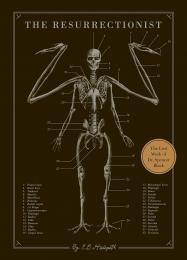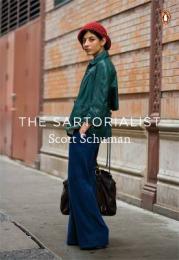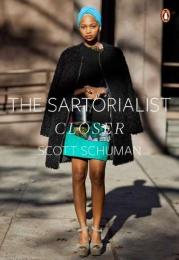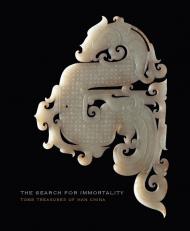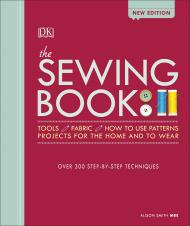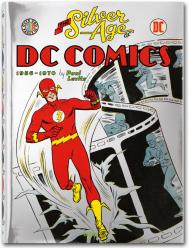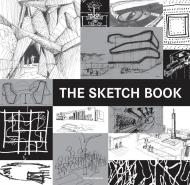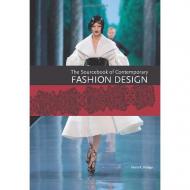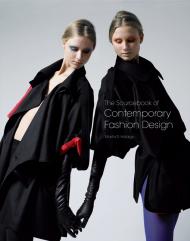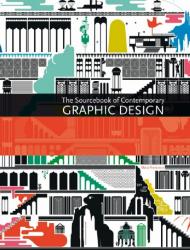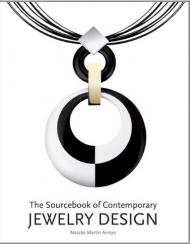This macabre tale — part dark fantasy, part Gray’s Anatomy — tells the chilling story of a man driven mad by his search for the truth, with hypnotic and horrifying images.
Philadelphia, the late 1870s. A city of gas lamps, cobblestone streets, and horse-drawn carriages — and home to the controversial surgeon Dr. Spencer Black. The son of a grave robber, young Dr. Black studies at Philadelphia’s esteemed Academy of Medicine, where he develops an unconventional hypothesis: that the mythological beasts of legend and lore — including mermaids, minotaurs, and satyrs — were in fact humanity’s evolutionary ancestors. And beyond that, he wonders: what if there was a way for humanity to reach the fuller potential these ancestors implied?
The Resurrectionist offers two extraordinary books in one. The first part is a fictional biography of Dr. Spencer Black, from his childhood spent exhuming corpses through his medical training, his travels with carnivals, his cruel and crazed experiments, and, finally, his mysterious disappearance. The second part is Black’s magnum opus: The Codex Extinct Animalia, a Gray’s Anatomy for mythological beasts, all rendered in meticulously detailed anatomical illustrations.
About the Author:
Eric was raised in Colorado but lived in several states throughout the U.S. while growing up. He worked as a snow and ice sculptor for nearly ten years, always writing and painting. His love for the arts led him all over the country and eventually to Pietrasanta, Italy where he worked as a marble sculptor. While in Italy, working on anatomy designs of impossible beings, he created the beginnings of what has become The Resurrectionist. Now living in New Jersey with his wife and two children, Eric continues to work as a professional artist.
___________
Посмотреть ролик о книге The Resurrectionist: The Lost Work and Writings of Dr. Spencer Black: The Lost Work of Dr. Spencer Black
